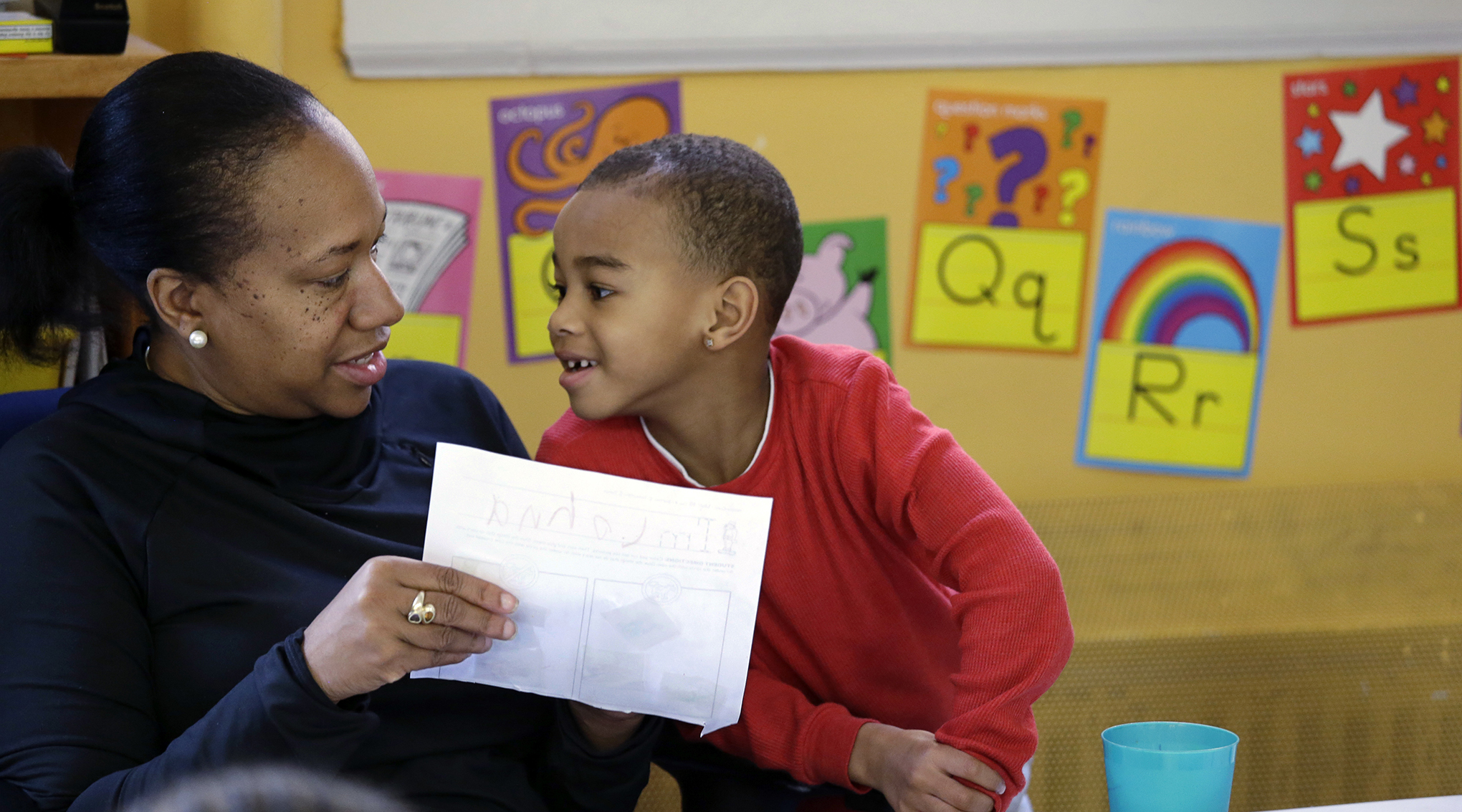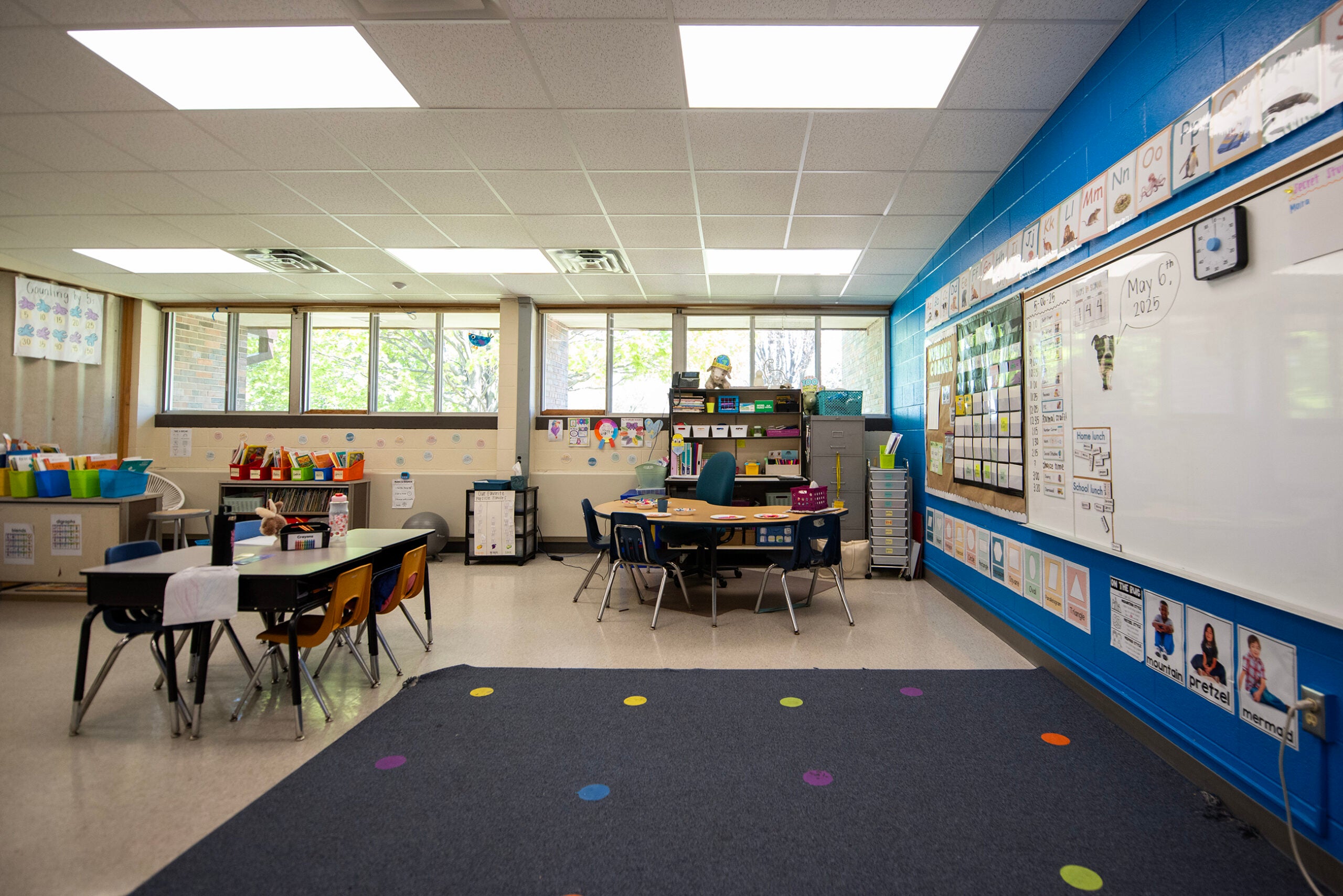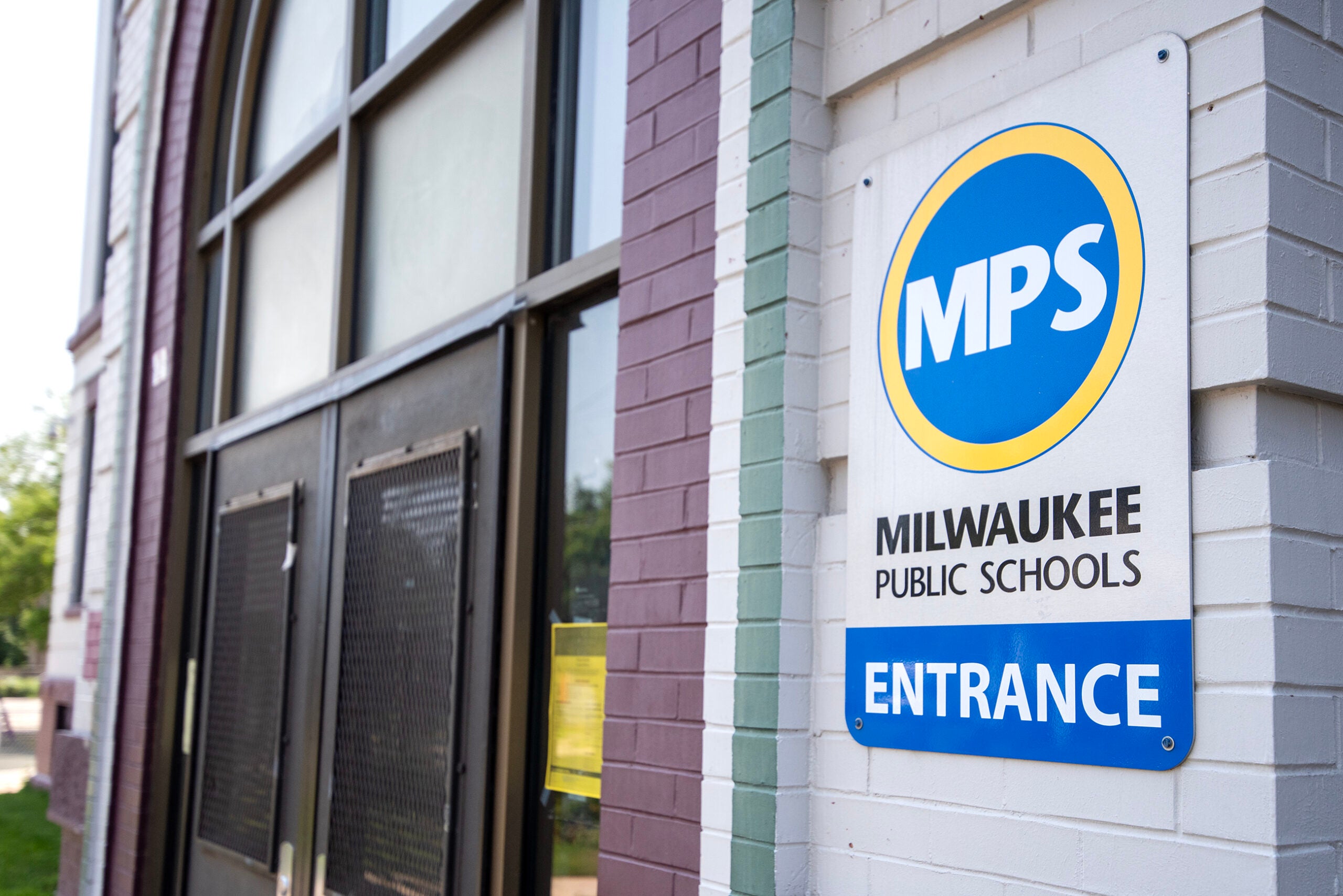The Wisconsin State Budget passed by the Legislature last week includes historic increases to districts across the state.
The plan includes $534.3 million more in general school aid and allows schools to raise local taxes. But according to preliminary numbers released by the Department of Public Instruction, only about 60 percent of the state’s school districts will see an increase in general school aid funding in the 2023-24 school year.
General school aids are the largest form of state support for Wisconsin public schools, offsetting local property taxes under state-imposed revenue limits.
News with a little more humanity
WPR’s “Wisconsin Today” newsletter keeps you connected to the state you love without feeling overwhelmed. No paywall. No agenda. No corporate filter.
Estimated general school aid for 2023-24 total $5.36 billion, a 3 percent increase from last year.
Of the state’s 421 school districts, 251 districts are estimated to receive more general aid than in 2022-23, while 164 districts, or 39 percent, are estimated to receive less.
Current estimates are based on the budget passed by the state Legislature and pupil count data reported by school districts to DPI. DPI calculates general school aids through a formula that uses property values in the district, enrollment and district spending.
A district’s general aids can increase or decrease due to changes in any of the local factors, as well as the difference in funds available from the state.
Racine Unified School District has the largest decrease — a projected $36.8 million — which is a 22 percent decrease.
Racine Unified officials did not respond to a request for comment.
“DPI is working together with the district as they develop their 2023-2024 financials before final figures are calculated in October,” said DPI spokesperson Chris Bucher.
Bucher reiterated all calculations are subject to change.
The state’s two largest school districts, Madison and Milwaukee, are seeing very different general aid calculations.
Madison Metropolitan School District is slated to have a decrease of about $10 million, while Milwaukee Public Schools will see an increase of $64.8 million.
Jason Stein, vice president and research director of the Wisconsin Policy Forum, said DPI formulas worked differently for the districts based on where they are located.
Both districts have seen lower student enrollments and have increased spending. But Madison’s property tax growth has gone up faster than Milwaukee’s, which was taken into account, Stein said.
Stein said if a district doesn’t get general school aids, they have the ability to levy money from local taxpayers and still fund education.
The state budget passed by the Legislature allows school districts to raise local taxes to spend an additional $325 per student in the next school year and another $325 in the following year.
Per pupil general school aid will be paid in March 2024. Under current law, it will be paid at $742 per pupil.
Wisconsin Public Radio, © Copyright 2026, Board of Regents of the University of Wisconsin System and Wisconsin Educational Communications Board.






